Orthopaedic Treatment
Orthopaedic Treatment
Orthopaedic Treatment Gosford, Erina, Central Coast

You may have noticed that our doctors specialise in “orthodontics and dentofacial orthopaedics.” While most people have heard of orthodontics, many are confused by the dentofacial orthopaedics part of the title.
Most people think of orthodontics as a field in dentistry that focuses on moving teeth to improve a smile. But orthodontists are also concerned with the position of specific facial bones that affect the shape and appearance of the jaws and face. Dentofacial orthopaedics is the field of dentistry that concentrates on improving the position and dimensions of the bones that house the teeth.
The alignment of the teeth is heavily influenced by the size, shape and position of the top and bottom jaw. In a growing patient, these can be changed or altered which means the foundations are in better order to allow the teeth to meet together properly.
Jawbones Are as Important as Your Teeth
Sometimes, the upper and lower jaws will grow at different rates and create alignment issues between the upper and lower teeth. Ideally, the upper jaw should have a more forward position and be a bit wider than the lower jaw.
Identifying Jaw Problems
Gapped teeth
Crooked/Crowded Teeth
Overbite
Underbite
Crossbite
Open Bite
Children With Narrow Dental Arches

Identifying Jaw Problems

Gapped teeth
Crooked/Crowded Teeth
Overbite
Underbite
Crossbite
Open Bite
Children With Narrow Dental Arches
Orthopaedic Treatments

Fixed expanders
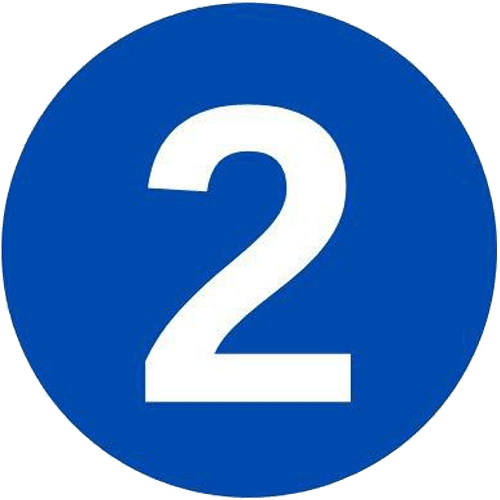
Functional appliance
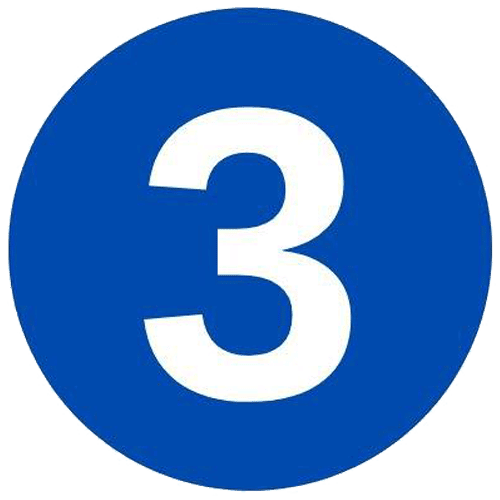
Headgear
Orthopaedic Treatments


Fixed expanders

Functional appliance

Headgear


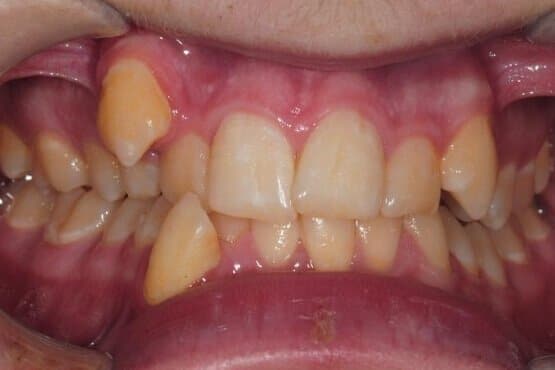
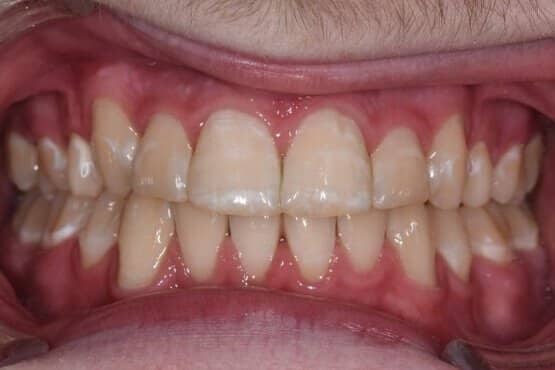
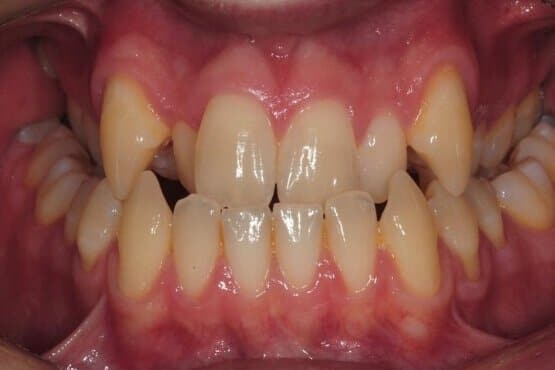
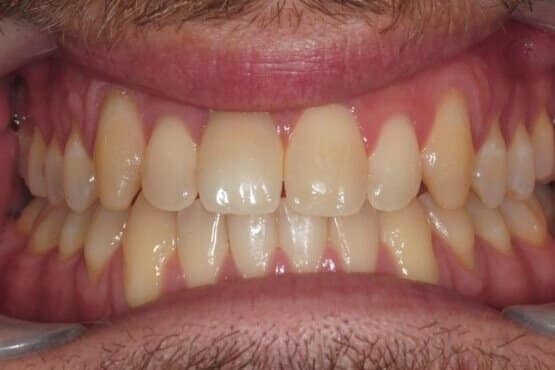
When Is the Best Time to Undergo Orthopaedic Treatments?
Once growth has finished, however, orthopaedic treatment becomes unrealistic, as the jawbones are no longer naturally growing. Other options need to be considered instead, such as involving jaw surgery or perhaps altering the goals or objectives of treatment as a compromise.
That’s why it’s important a thorough diagnosis is carried out before treatment begins to ensure the best treatment option is selected for each individual patient.
In addition, it is crucial to have a back-up plan if the normal growth response, or in some cases, compliance from the patient, is not ideal. This is why it’s important to have an experienced practitioner looking after you or your child while you’re undergoing treatment, as cases requiring orthopaedic correction, as well as orthodontic correction, tend to be reasonably complicated.

When Is the Best Time to Undergo Orthopaedic Treatments?
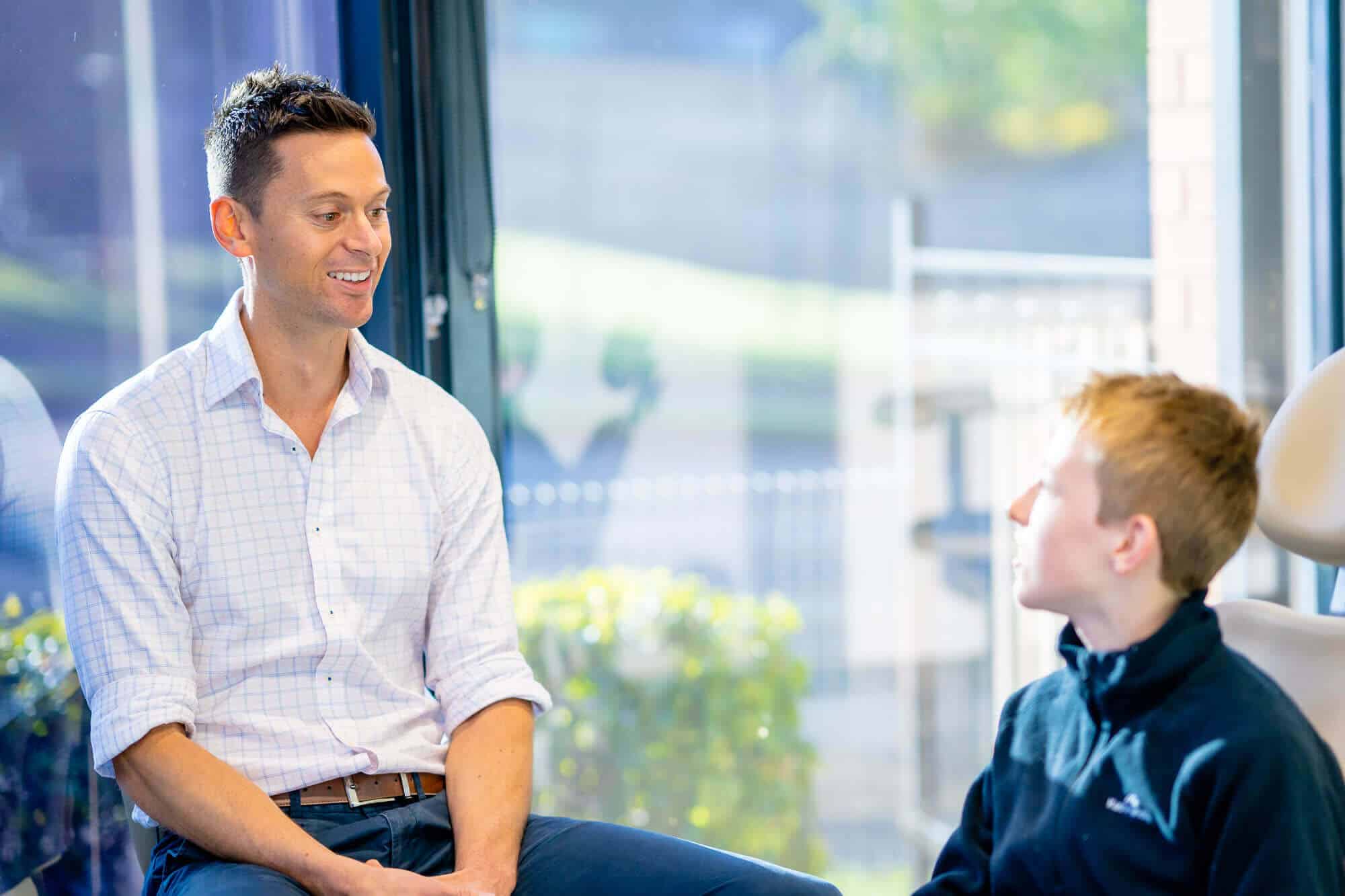
Once growth has finished, however, orthopaedic treatment becomes unrealistic, as the jawbones are no longer naturally growing. Other options need to be considered instead, such as involving jaw surgery or perhaps altering the goals or objectives of treatment as a compromise.
That’s why it’s important a thorough diagnosis is carried out before treatment begins to ensure the best treatment option is selected for each individual patient.
In addition, it is crucial to have a back-up plan if the normal growth response, or in some cases, compliance from the patient, is not ideal. This is why it’s important to have an experienced practitioner looking after you or your child while you’re undergoing treatment, as cases requiring orthopaedic correction, as well as orthodontic correction, tend to be reasonably complicated.
Get started now!
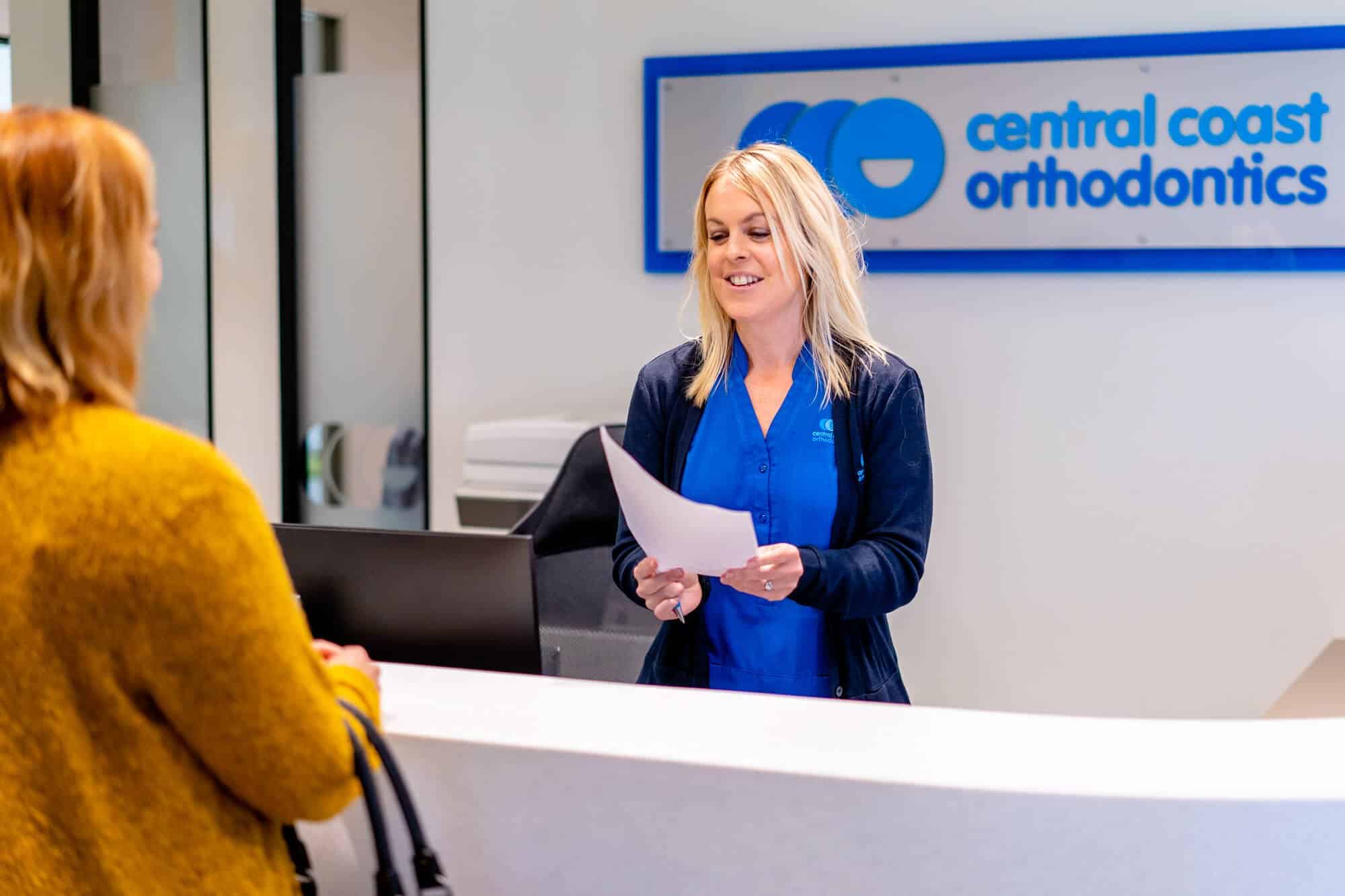
Get started now!
Our orthodontic specialists Dr. King and Dr. Deall will be able to diagnose any misalignments in the teeth and jaws and can devise a treatment plan that integrates both orthodontic and dentofacial orthopaedic treatments. Call us now or fill in the enquiry form below to get started with you or your child’s orthopaedic treatment.

Download Our Price List
We understand some people can be concerned about cost of their / their child’s orthodontic treatment. At Central Coast Orthodontics, we want to ensure every patient can afford their best smile.
Simply click the button below and we will provide you with a competitive quotation based on our professional assessment of your individual situation.
Disclaimer: The material posted is for informational purposes only and is not intended to substitute for professional medical advice, diagnosis or treatment. Results vary with each patient. Any dental procedure carries risks and benefits. If you have any specific questions about any dental and/or medical matter, you should consult your dentist, physician or other professional healthcare providers.
